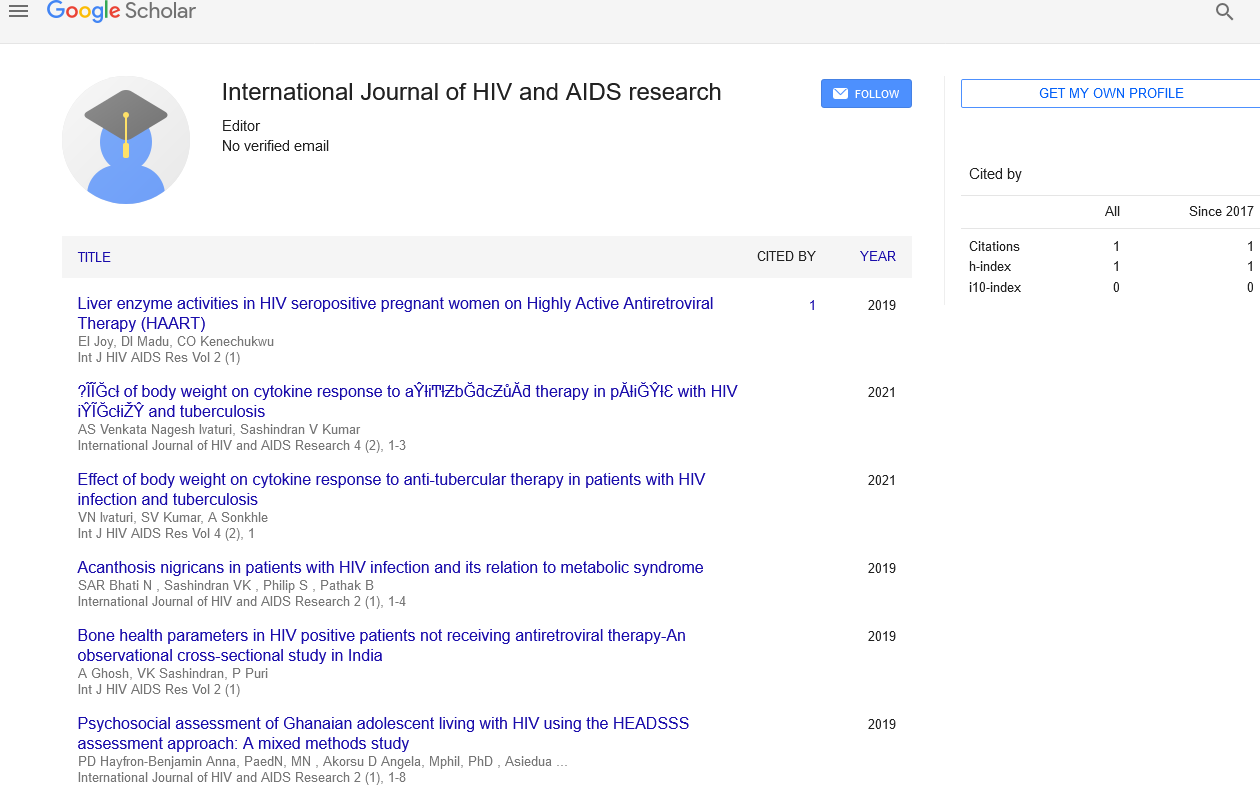Food biotechnology is utilised in the production of food, as well as food components and additives
Received: 02-Mar-2022, Manuscript No. PULAFSJ-22-3931; Editor assigned: 15-Mar-2022, Pre QC No. PULAFSJ-22-3931(PQ); Reviewed: 31-Mar-2022 QC No. PULAFSJ-22-3931(Q); Revised: 02-Apr-2022, Manuscript No. PULAFSJ-22-3931(R); Published: 12-Apr-2022, DOI: 10.37532/pulafsj.22.6(2).17- 18
This open-access article is distributed under the terms of the Creative Commons Attribution Non-Commercial License (CC BY-NC) (http://creativecommons.org/licenses/by-nc/4.0/), which permits reuse, distribution and reproduction of the article, provided that the original work is properly cited and the reuse is restricted to noncommercial purposes. For commercial reuse, contact reprints@pulsus.com
Abstract
Food biotechnology is the use of current biotechnological techniques in the production and processing of food items, as well as food components and additives. Although crop breeding and animal production are not considered food biotechnology, they are predicted to have a significant impact on the agri-food business.
Introduction
The food business has undergone significant transformations in recent years. These modifications are in reaction to consumer demand for low-calorie food products created with natural components and additives rather than synthetic ones. Overall, efforts are being directed toward the development of creative techniques to producing food items that will meet customer demand for healthy diets. Fermentation, enzyme technology, genetic engineering, bioengineering, and food processing are all experiencing incredible advancements at the moment. Despite the fact that biotechnology may involve the utilisation of one or more biological forms, microbes play a vital and significant part in its development due to their quick generation of enormous volumes of biomass. Furthermore, such output might be attained using a value-added strategy by using lowcost culture media made from agri-food waste and residual materials. Using microorganisms, genetic engineering breakthroughs have tremendously aided in the synthesis of several desired enzymes for the food sector. Enzymes perform a variety of bioconversion activities, including de novo synthesis during precursor fermentation, as well as single and multistep bioconversions. However, the vast majority of enzymes of importance in the food sector are extracellular rather than intracellular. Overall, research in food biotechnology is mostly focused on improving the stabilities and specificities of enzymes already employed in industry at various stages of the processes. Furthermore, the creation of innovative and distinct enzymes, as well as their commercial uses, is a race for knowledge. With environmental and economic concerns over agri-food wastes and residues, there is growing interest in the development of novel technologies in bioprocessing that use a single enzyme or a multienzyme system to bioconvert desirable added-value products.
Overall, research in food biotechnology is mostly focused on improving the stabilities and specificities of enzymes already employed in industry at various stages of the processes. Furthermore, the creation of innovative and distinct enzymes, as well as their commercial uses, is a race for knowledge. With environmental and economic concerns over agri-food wastes and residues, there is growing interest in the development of novel technologies in bioproc--cessing that use a single enzyme or a multienzyme system to bioconvert desirable added-value products. Enzyme informatics and improved high throughput technologies are being used to improve the compatibility of these biotransformers in catalytic processes. A recently developed enzyme informatics tool can aid in the design of the enzymatic structure. Furthermore, computational dynamic simulations of its mechanism can guide the kinetic and energetic path of its mechanism. Enzyme informatics can also play a novel role in mutant library construction and other screening platforms, although its implementation in fundamental molecular biology techniques is always time-consuming. This chapter will concentrate on new breakthroughs in enzyme technology that have given these biocatalysts a variety of functional properties.
Enzymes are biological catalysts that are much specialised and are used in food biotechnology. The development and application of enzymes in the food manufacturing sector is based on a thorough study of the enzymes found in traditional diets. Amylase, invertase, papain, bromelain, ficin, lipoxygenase, and other enzymes originating from plants are examples. These enzymes have played a major role in the manufacturing of foods such as syrups, bread items, alcoholic beverages, dairy products, and so on. Plants can be used as a factory for enzyme production in the food industry, as well as a raw material (enhancer) for the augmentation of microbial enzyme activity in the food industry. New technologies, such as direct genetic manipulation, are being developed that could considerably contribute to improving the nutritional value of plant-derived meals or the quality of food employing enzymes produced from plant sources. Previously, enzymes were extracted from living cells (plants and animals), leading to largescale commercial manufacturing and widespread application in the food business. Microorganisms are now the primary source of commercial enzymes.
Because classical physiological and genetic methods are limited in their application to the characterization of food and beverage yeast strains, food biotechnology researchers have focused on developing new methods to reveal the genetic adaptations of yeast strains, namely S. cerevisiae, to specific industrial environments and their impact on the final products.
It is well known that S. cerevisiae produces varying quantities of aroma compounds depending on viticultural and fermentation circumstances such as temperature, grape variety, micronutrients, vitamins, and nitrogen composition of the must. Depending on the percentage of assimilable nitrogen in grape must, certain commercial yeasts create unwanted off-flavors such as H2S and high amounts of higher alcohols, acetic acid, and ethyl acetate. There are numerous studies to identify yeast-derived aroma components in wines today; however, these could not be considered for a data bank because the fermentation circumstances were not standardised.





